In our hyperconnected world, the constant ping of notifications and the blue glow of screens have become unwelcome companions in our daily lives. Finding places where technology naturally takes a backseat—whether due to lack of reception or intentional disconnect policies—can provide the mental reset many of us desperately need in this digital age. Across the United States, there remain beautiful pockets where nature’s grandeur eclipses the pull of technology, allowing visitors to rediscover the joy of undistracted presence.
Here is a list of 17 remarkable US destinations where you can truly unplug, recharge your internal batteries, and experience the world beyond your screen.
Big Bend National Park

Tucked away in the remote corner of West Texas along the Mexican border, Big Bend offers one of the most profound isolation experiences in the continental United States. Cell service vanishes soon after entering this vast wilderness of over 800,000 acres, where the Chisos Mountains rise dramatically from the Chihuahuan Desert.
The park’s extreme remoteness earned its designation as an International Dark Sky Park, with night skies so pristine that the Milky Way can cast shadows on moonless nights. Hikers on the South Rim Trail gain panoramic views extending hundreds of miles, a perspective that naturally dwarfs digital concerns and reconnects visitors with the raw grandeur of the untamed landscape.
Boundary Waters Canoe Area Wilderness

Sprawling across more than a million acres of northern Minnesota, this paddler’s paradise consists of interconnected lakes and streams accessible only by canoe and portage. Electronic devices become useless weights in backpacks as visitors navigate this watery maze using maps and compasses rather than GPS.
The absence of motors on most lakes creates a profound silence broken only by loon calls echoing across misty waters at dawn. Days quickly assume a natural rhythm dictated by sunrise and sunset rather than notification pings, while evenings around campfires replace the artificial light of screens with dancing flames that humans have found mesmerizing since prehistoric times.
Like Travel Pug’s content? Follow us on MSN.
Cumberland Island National Seashore

Off Georgia’s coast lies a barrier island where wild horses roam freely among maritime forests and pristine beaches. Accessible only by ferry and with minimal development, Cumberland Island offers a rare Atlantic coastal wilderness experience with severely limited connectivity.
The canopy of ancient live oaks draped with Spanish moss creates natural cathedrals that inspire quiet contemplation rather than social media updates. Camping near the beach allows visitors to fall asleep to the rhythm of waves rather than final checks of email, while days take on the unhurried pace of island living, where time seems to expand beyond its normal constraints.
Stehekin Valley
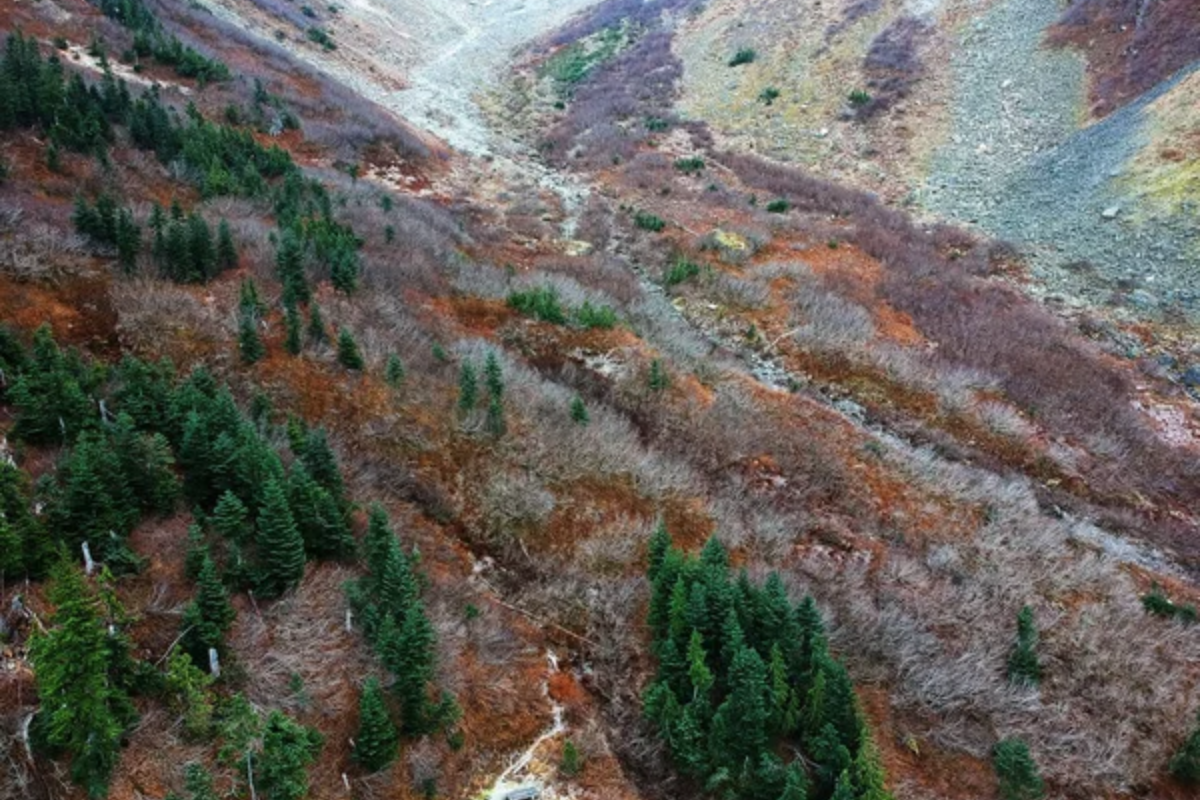
Nestled deep in Washington’s North Cascades National Park, this remote community remains one of the few inhabited places in the contiguous United States inaccessible by road. Visitors must arrive by boat, floatplane, or on foot via the challenging Pacific Crest Trail.
With no cell service and extremely limited internet access, Stehekin represents an authentic step back from modern connectivity. The valley’s legendary bakery operates without online ordering systems, while the community library offers physical books rather than downloadable content. The 50-mile-long Lake Chelan mirrors surrounding mountain peaks, providing a perspective that makes digital devices seem trivially small and unnecessary.
Green Bank, West Virginia

The location of the National Radio Astronomy Observatory has created America’s largest “radio quiet zone,” where cell service and Wi-Fi are legally restricted to prevent interference with sensitive scientific equipment. This small Appalachian town offers a unique opportunity to experience life as it existed before the digital revolution.
Local businesses operate with landlines rather than digital payment systems, while residents have developed stronger community bonds through face-to-face interaction rather than social media connections. Visitors find themselves rediscovering forgotten pleasures like porch-sitting and stargazing in this unintentional digital detox community nestled among the rolling hills of the Mountain State.
Like Travel Pug’s content? Follow us on MSN.
Havasu Falls

Hidden within the Grand Canyon on Havasupai tribal lands, these stunning turquoise waterfalls require a 10-mile hike into a remote canyon with essentially zero connectivity. The challenging trek weeds out casual visitors, while the permit system maintains low crowds, creating a secret paradise where the mesmerizing blue-green waters command complete attention.
The Havasupai tribe has intentionally limited development, preserving both their cultural heritage and the natural environment that draws respectful visitors. The dramatic contrast between red canyon walls and vibrant blue pools creates a visual feast that no digital filter could enhance.
Olympic National Park Wilderness Coast

Along Washington’s rugged northwestern coastline, sections of the Olympic Peninsula offer a true coastal wilderness experience with limited or nonexistent phone coverage. Backpackers on the 73-mile wilderness coastline navigate around headlands using tide tables rather than apps, timing their movements with the rhythm of the ocean.
Camping on wild beaches beneath old-growth forests provides a primordial experience unavailable through any digital medium. Morning fog shrouding sea stacks creates ephemeral scenes that demand present-moment awareness rather than viewing life through a camera lens chasing likes.
Little St. Simons Island
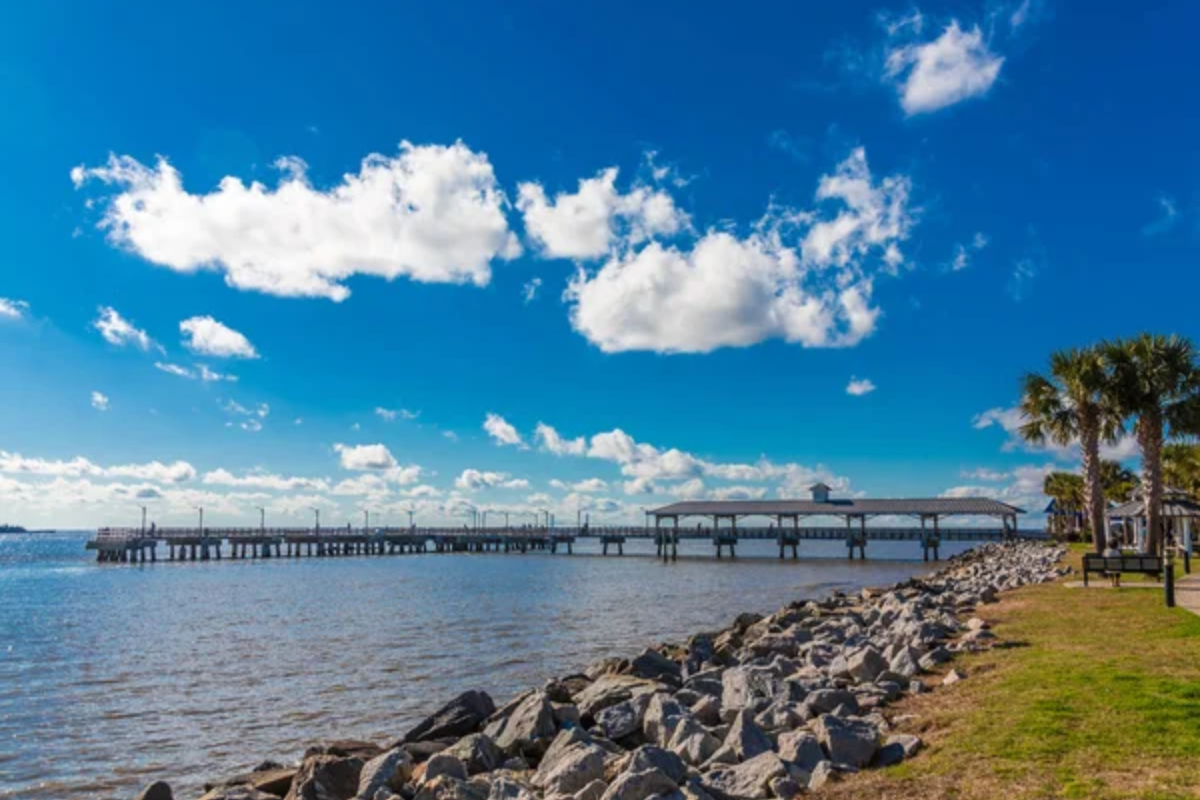
This private barrier island off Georgia’s coast limits visitation to just 32 guests at a time, ensuring an intimate experience with nature without digital distractions. The 11,000-acre island remains largely undeveloped, with seven miles of undisturbed beaches and maritime forest creating natural spaces for mental decompression.
Naturalist-led activities focus attention on the island’s remarkable biodiversity rather than screens, while communal dining encourages conversation with fellow guests. The absence of television and minimal internet access quickly reorients visitors toward the natural entertainment of dolphin watching and birding from the island’s observation towers.
Like Travel Pug’s content? Follow us on MSN.
Jarbidge Wilderness
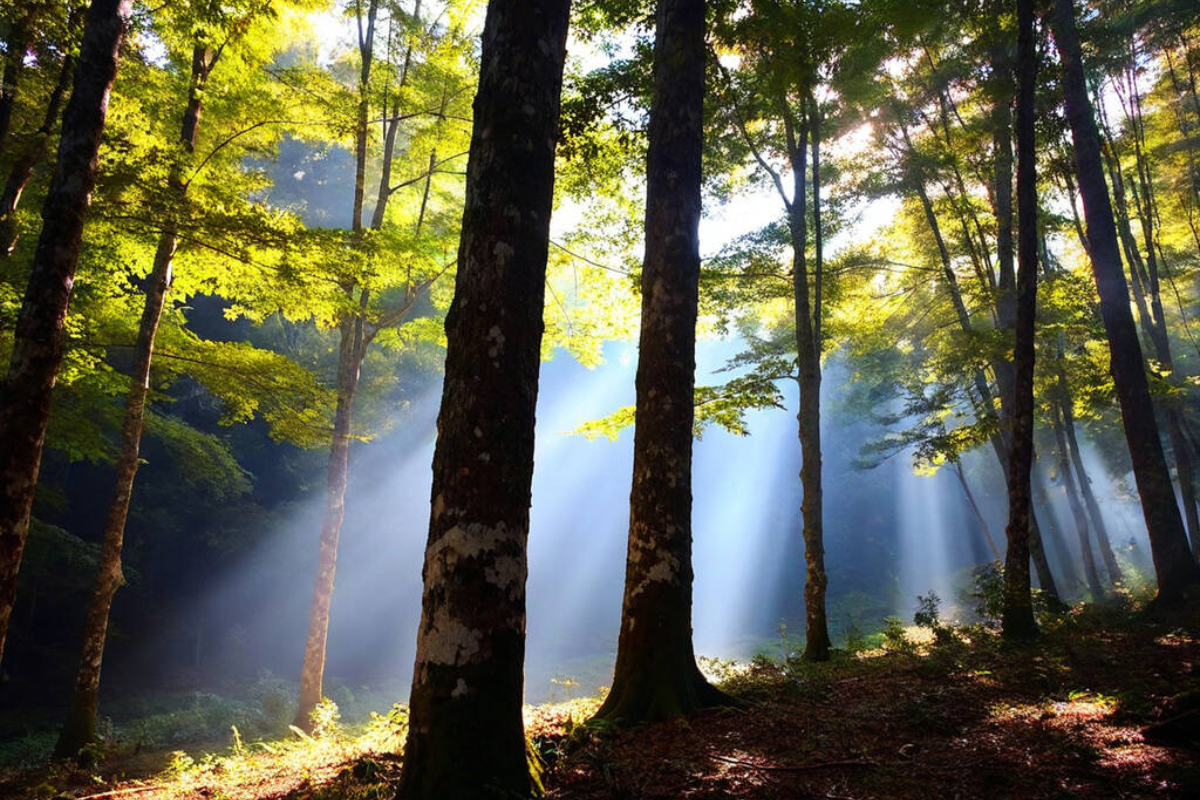
Nevada’s most remote town provides access to this seldom-visited wilderness area where visitors can truly escape the digital world along with pretty much everyone else. The region’s extreme isolation—the nearest traffic light is 100 miles away—creates a natural technology break without explicitly banning devices that simply won’t function here anyway.
The rugged landscape of deep canyons and alpine meadows demands full attention for safe navigation, while the area’s rich mining history provides an authentic connection to American Western heritage. Evening temperatures dropping near freezing, even in summer, remind visitors of natural realities that exist regardless of our virtual worlds.
Thorncrown Chapel

Though not as remote as other entries, this architectural masterpiece in Arkansas’s Ozark Mountains creates an intentional space for contemplation without digital intrusion. The soaring glass chapel with 425 windows blurs boundaries between interior and exterior, focusing attention on the surrounding woodland rather than screens.
Visitors naturally silence their phones out of respect for the sacred space, which was designed to enhance connection with nature and higher thoughts rather than digital networks. The play of light through the glass structure throughout the day creates an ever-changing environment that rewards patient observation rather than the fleeting glances we typically give our surroundings.
Voyageurs National Park

This watery wilderness in northern Minnesota requires boat transportation between destinations, creating natural separation from digital life. The park encompasses four large lakes and innumerable smaller ones, with many campsites accessible only by water and offering genuine solitude.
The northern location provides opportunities to witness the aurora borealis dancing across the night sky, a light show that makes smartphone screens seem pathetically inadequate in comparison. The interconnected waterways that once served as indigenous travel routes and later fur trade highways now offer modern visitors passage away from the information superhighway into a more contemplative existence.
Like Travel Pug’s content? Follow us on MSN.
Bisti/De-Na-Zin Wilderness

This otherworldly landscape in northwestern New Mexico features fantastical rock formations with extremely limited connectivity in its 45,000 acres of desolate badlands. The absence of marked trails requires visitors to develop genuine awareness of their surroundings rather than following GPS directions, fostering self-reliance and presence.
The moonscape-like terrain with hoodoos and eroded features inspires imagination in ways that digital entertainment cannot match. Camping under brilliant night skies in this remote area provides perspective on our place in the universe that social media feeds consistently fail to deliver despite endless scrolling.
Hoh Rain Forest
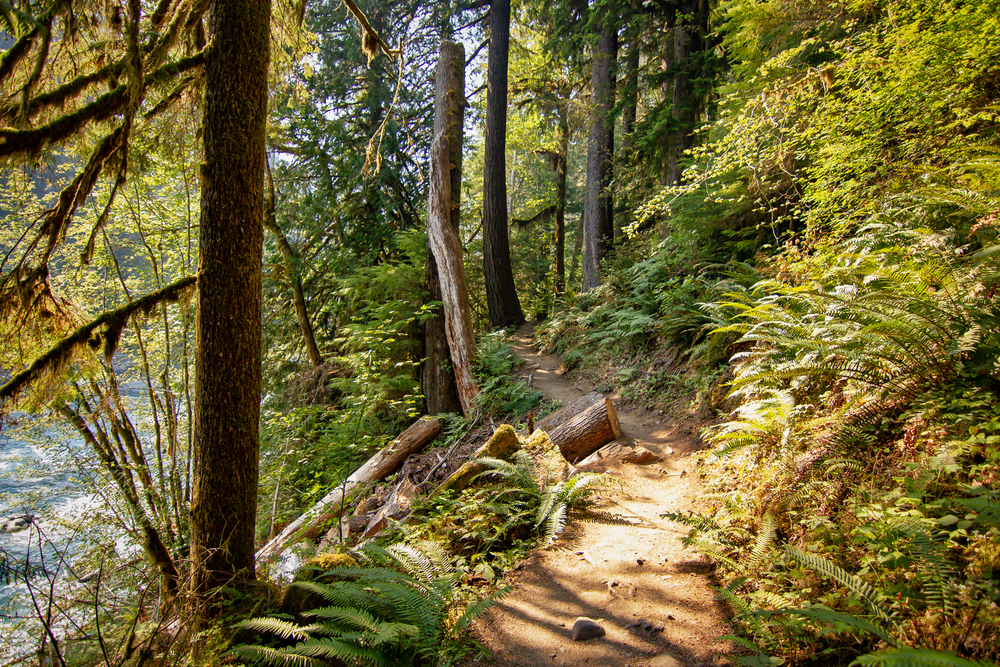
Deep within Olympic National Park, this temperate rainforest receives up to 14 feet of annual rainfall, creating one of the quietest places in the continental United States. The dense canopy blocks not only cellular signals but also much of the ambient noise found almost everywhere else in modern America.
The “Hall of Mosses” trail winds through trees draped with verdant growth that absorbs sound and creates a hushed, cathedral-like atmosphere naturally conducive to mindfulness. The muted green light filtering through multiple layers of foliage creates an environment so distinct from our normal experiences that visitors instinctively slow down and become more present.
Joshua Tree National Park
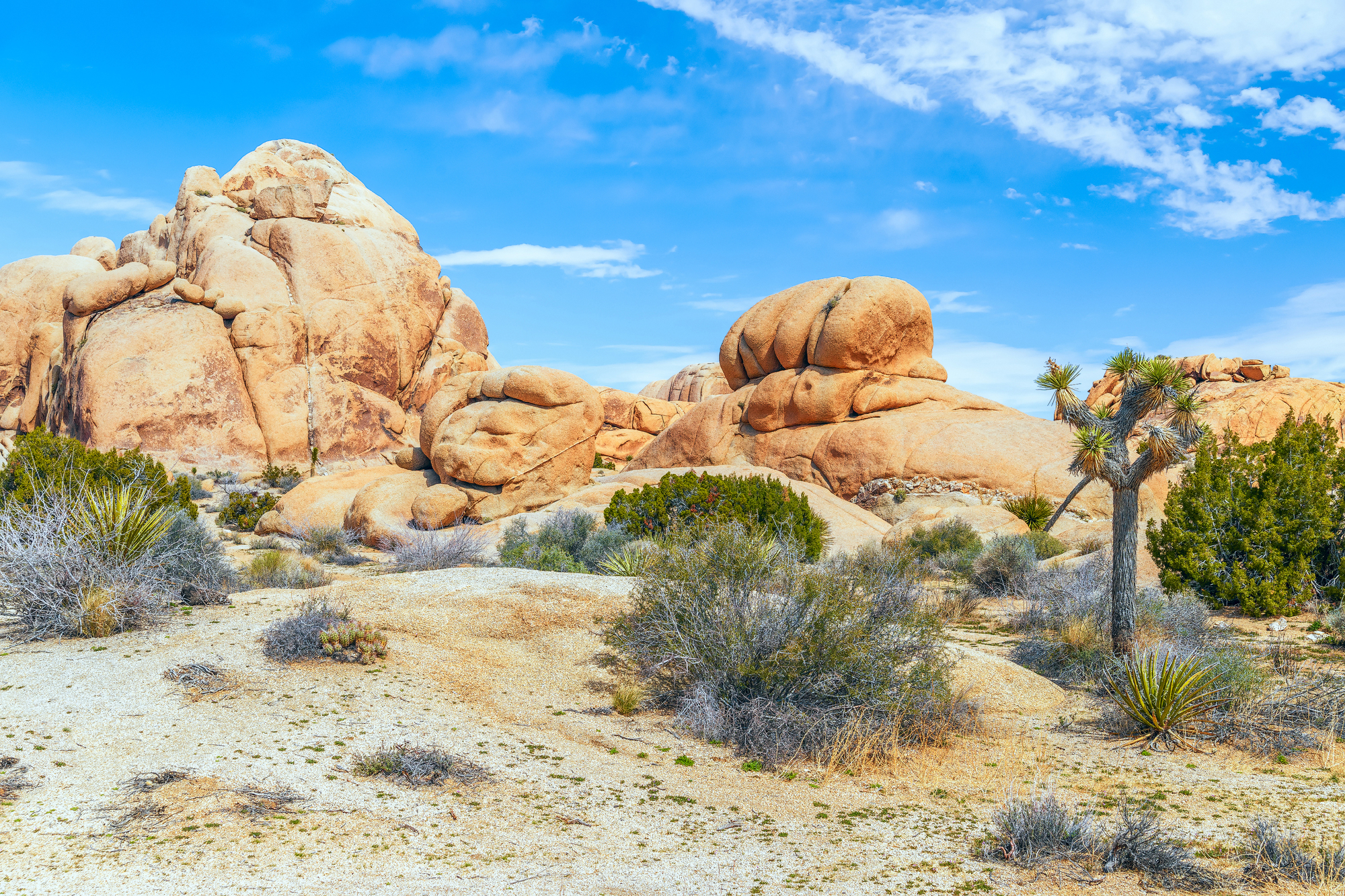
While parts of this popular desert park have cell service, intentional digital detox experiences have developed in response to the otherworldly landscape where two distinct desert ecosystems meet. The park’s growing popularity among wellness seekers has created a culture of intentional unplugging, with numerous retreat centers in surrounding communities enforcing device-free policies.
The bizarre Dr. Seuss-like trees create a landscape so visually engaging that phones naturally remain pocketed. Night skies, relatively unmarred by light pollution, invite genuine wonder rather than social media documentation as the Milky Way spreads across the desert horizon.
Like Travel Pug’s content? Follow us on MSN.
Apostle Islands National Lakeshore

This archipelago of 21 islands in Lake Superior features sea caves, historic lighthouses, and minimal connectivity across 69,000 acres of land and water. The islands’ location in the largest freshwater lake in the world by surface area creates a maritime environment that demands respect and attention, particularly for kayakers navigating potentially dangerous waters.
The famous winter ice caves that form in some years require a different kind of mindfulness as visitors trek across frozen sections of the world’s largest freshwater lake. The islands’ significant indigenous heritage provides cultural connections far more meaningful than digital relationships forged through screens.
Assateague Island National Seashore

Famous for its wild horses, this barrier island stretching between Maryland and Virginia provides a natural setting for disconnecting while witnessing truly wild animals in their native habitat. The constantly shifting landscape shaped by coastal storms reminds visitors of nature’s dynamism compared to the static virtual environments we often inhabit online.
Camping among the dunes puts visitors directly in the path of wild ponies that have inhabited the island for centuries, creating encounters that demand real-time presence rather than viewing life through a camera lens. The rhythmic sound of Atlantic waves provides a constant auditory backdrop that naturally calms the digital-jangled nervous system.
Upper Missouri River Breaks National Monument
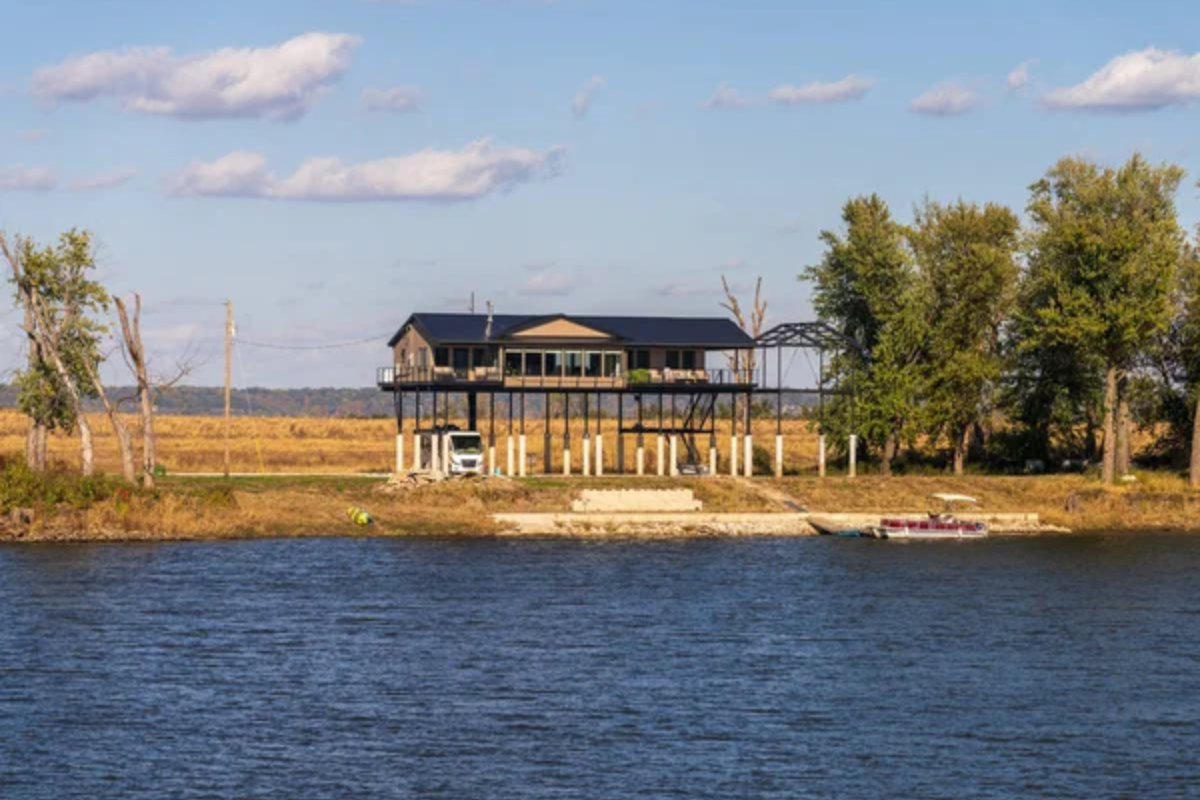
This remote Montana landscape preserves the landscape largely as Lewis and Clark first viewed it during their famous expedition, with minimal development along 149 miles of free-flowing river. Multi-day canoe trips through the monument’s white cliffs section create natural separation from digital dependencies as travelers make camp on sandbars and realize that constant connectivity is a very recent development in human history.
The area’s significant paleontological and archaeological resources connect visitors with deep time rather than the shallow chronology of social media timelines and trending topics. Evening campfires beneath star-filled skies naturally inspire conversation rather than screen time at this last major undammed stretch of the mighty Missouri.
Like Travel Pug’s content? Follow us on MSN.
Reconnecting by Disconnecting
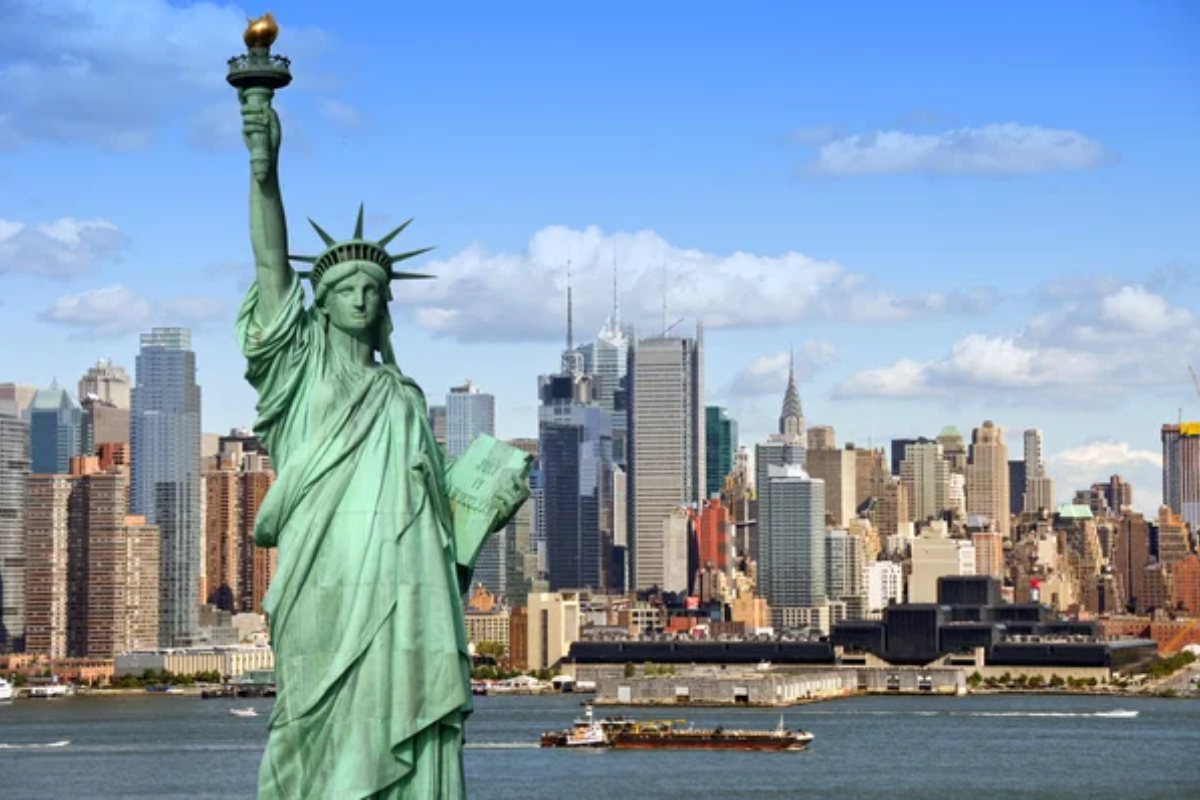
These seventeen destinations represent just a fraction of the places across America where natural beauty and remoteness create opportunities to break free from digital dependency. The growing interest in such experiences reflects a collective realization that constant connectivity often comes at the cost of genuine presence and deep attention.
By temporarily stepping away from our devices in these spectacular settings, we can rediscover the richness of unmediated experience and return to our connected lives with a renewed perspective on technology’s proper place in a well-lived life.
More from Travel Pug

- Cities Growing so Fast You Won’t Recognize Them in 10 Years
- 13 Destinations Where Tourists Regularly Regret Their Trip
- 16 U.S. Cities That Are Quietly Becoming Travel Hotspots
- Where to Travel If You Love Long Bus Rides and Daydreams
- 20 Cities Perfect for Solo Travelers Who Crave Adventure & Culture
Like Travel Pug’s content? Follow us on MSN.
